Indiana Dunes National Park preserves one of the most diverse ecosystems in the US national parks. The Paul H. Douglas Trail (also called the Miller Woods Trail) gives you the opportunity to hike through several of these ecosystems and visit the Lake Michigan shoreline. It’s one of the most beautiful hikes in the park, especially during the spring when the lupine flowers are flowering.
Paul H. Douglas Trail Hiking Stats
Distance: 3.4 miles out-and-back
Difficulty: Easy to moderate
Length of Time: 1.5 to 2 hours
When to Go: This hike can be done all year. The best time to do this hike is from late April through early July, when the wild lupine are blooming. We did this hike on May 24. Autumn is another nice time for this hike. The wildflowers won’t be blooming but you can see some fall colors.
Hours: According to the National Park Service sign, the trail is open from sunrise to 30 minutes past sunset.
Please practice the seven principles of Leave No Trace: plan ahead, stay on the trail, pack out what you bring to the hiking trail, leave areas as you found them, minimize campfire impacts, be considerate of other hikers, and do not approach or feed wildlife.
Paul H. Douglas Step-By-Step Trail Guide
Parking & Trailhead
There are two parking areas for this trail. The closest parking lot, which is located on N Lake Street, is right next to the trailhead. This lot only has room for four vehicles. Here are the GPS coordinates: 41°36’24.4″N 87°16’06.2″W
There is a second larger parking lot located across the street from the trailhead. This parking lot is for the Paul H. Douglas Center for Environmental Education.

Paul H. Douglas Trailhead
On the Paul H. Douglas Trail
There are two options for this hike. You can simply walk the very short, flat loop around ponds for a total distance of 0.9 miles. But for the best experience, hike out-and-back to the beach. You get to see several different ecosystems and you just might have the beach all to yourself.
Miller Woods Ponds
From the trailhead, we walked west along the southern side of the first pond. This part of the trail is covered with gravel and very easy to walk.
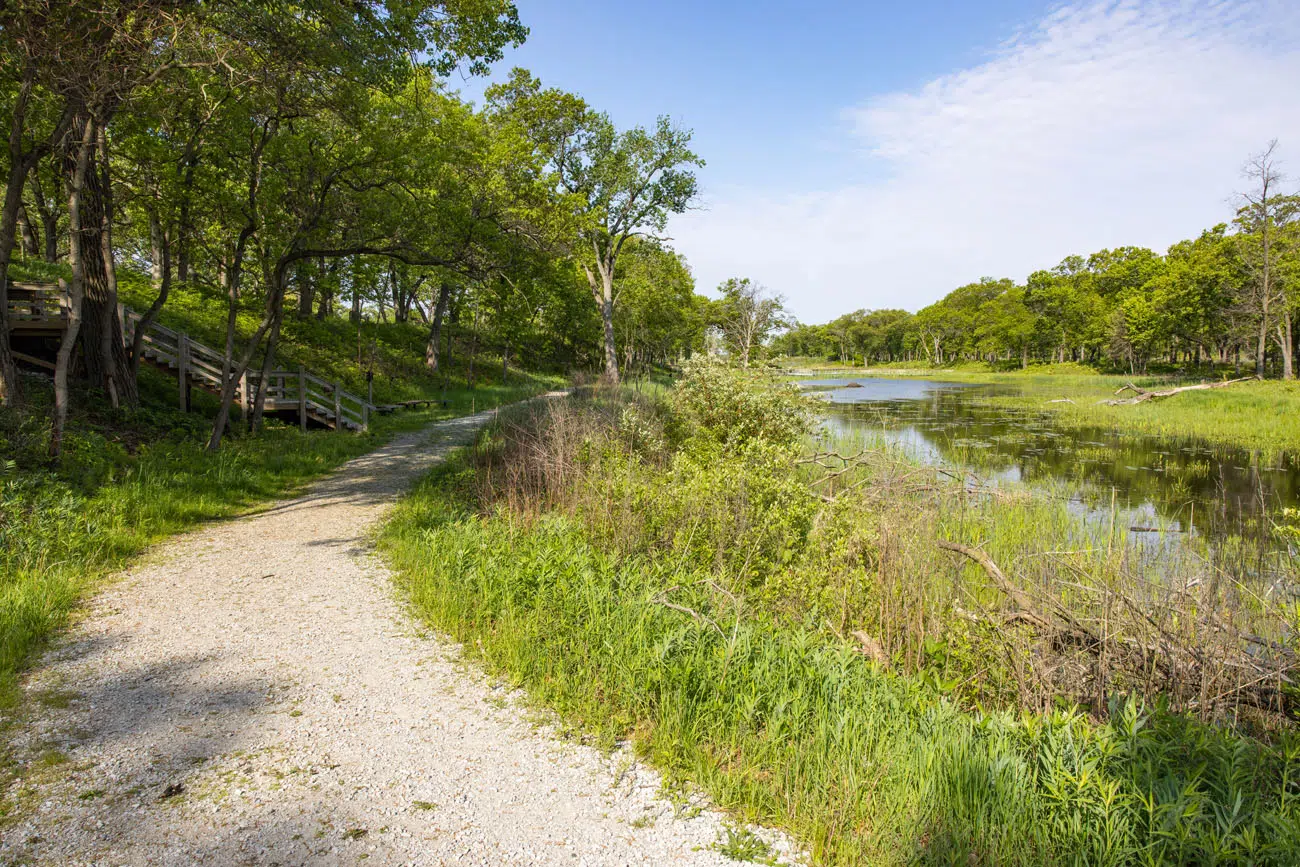
Beginning of the hike.
In just 0.2 miles, you arrive at the bridge that crosses the pond/marsh. Cross the bridge to the other side and keep an eye out for beaver. We saw a beaver lodge when we did this, but no beaver.

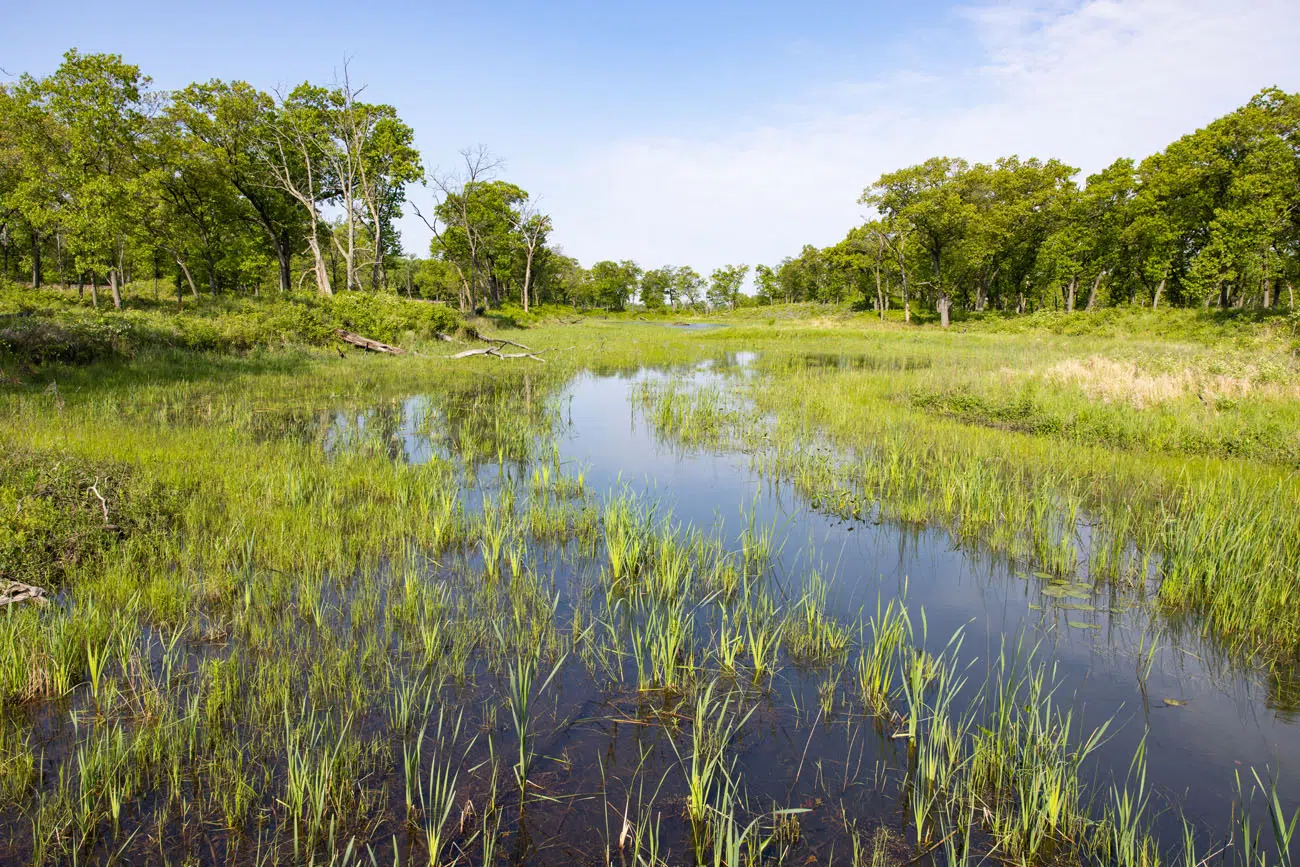
View from the bridge
Hiking through the Black Oak Savanna
On the north side of the pond, you start to see the first lupine, if you are hiking this trail from May through early July. It doesn’t take long to get to a fork in the trail. To hike out to the beach, take the trail to the right. But first, if you want a beautiful view of the ponds and some more lupine, go left, walk to the top of the very sandy hill, and enjoy the view.

Black oak savanna

View from the top of the hill

Wild lupine
Retrace your steps back down the hill and turn left to continue to the beach.
The next 0.6 miles was my favorite part of the hike. This part of the trail takes you through a black oak savanna. The trail has some ups and downs and is sandy in spots. You are walking over very old dunes that have been covered with oak trees, shrubs, and wildflowers. We saw thousands of lupine here and it was gorgeous.

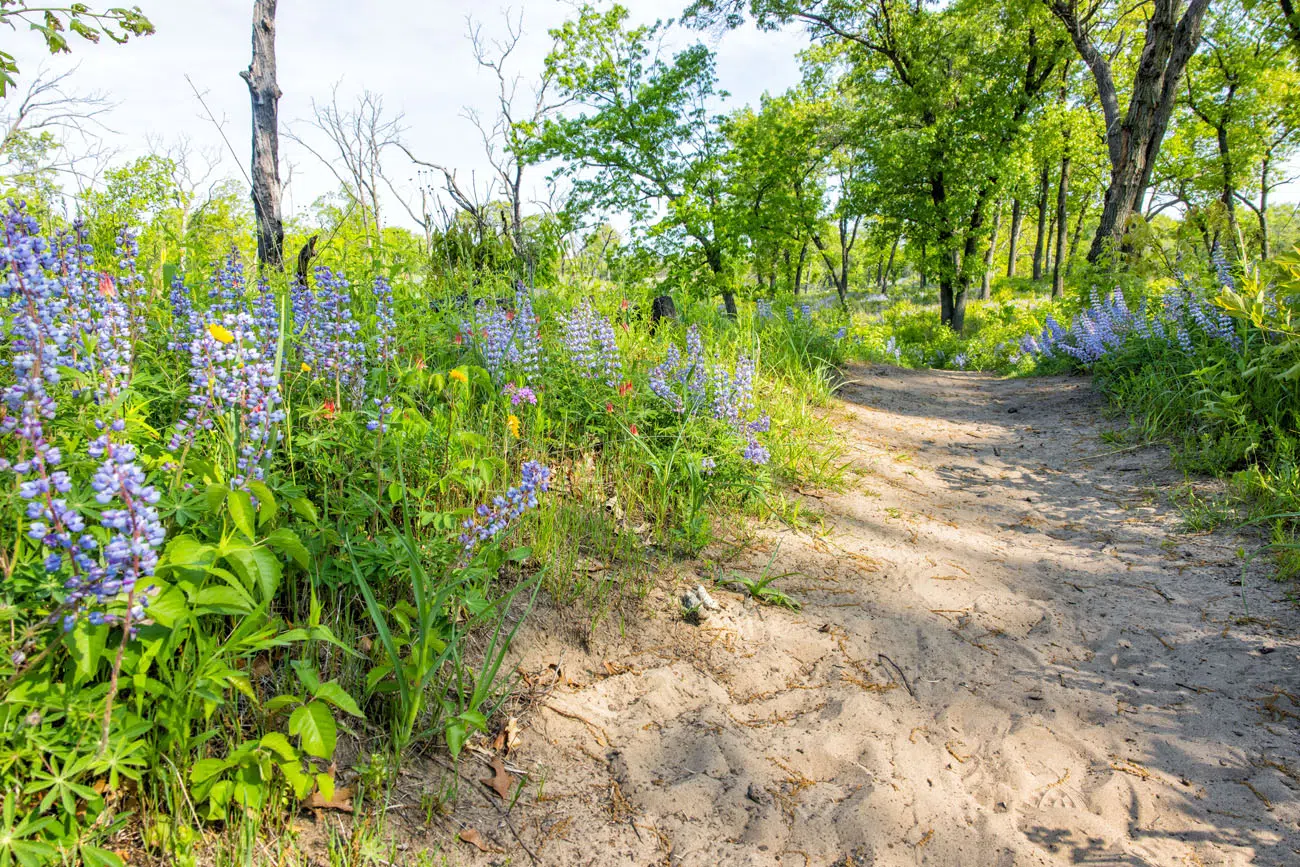


A black oak savanna is a globally rare occurrence. An oak savanna is a grassland where a few trees stand among the prairie plants. In this area, fire resistant oaks mix in with the prairie grass, and at Miller Woods, the lupine bloom from late spring to early summer. The lupine are the only food for the caterpillar of the Karner blue butterfly, an endangered butterfly species.
Wetlands & Dunes
About a mile into the hike, the terrain changes again. You cross a bridge and are now walking on a very sandy trail along the wetlands. Keep an eye out for turtles. We saw their tracks but weren’t lucky enough to see a turtle.

View of more ponds along the trail. This photo was taken from the bridge the makes the change from the oak savanna to the wetlands portion of the hike.

Trail through the wetlands
Once you walk past the wetlands, the sandy trail continues to the beach. The forest thins out and small grasses cover the dunes.

This is the toughest part of the trail, with deep sand and a few hills like this one.


The trail ends at the beach and when we did this, there was no one else in sight. This is also one of the prettiest beaches that we saw in the national park. It would be a great place for a picnic lunch or to spend a few hours, if you are looking for a quieter stretch of beach to visit.

To finish the hike, retrace your steps back to the parking lot.
Tips to Have the Best Experience
Bring water and snacks. If you plan to spend some time at the beach, you could pack a picnic lunch and a blanket. Alcoholic beverages are not permitted on the beaches in Indiana Dunes National Park.
Sunscreen, hat, and sunglasses. A lot of the trail is shaded, but you will be exposed to the sun on the second half of the hike, in the wetlands and at the beach.
Cellular Service. We had cellular service along the entire trail (we use Verizon).
Poison Ivy. Poison ivy is abundant along the edges of the trail, even near the wetland part of this hike. Stay on the trail, both to avoid contact with the poison ivy, but to also protect the lupine and other plants the grow next to the trail.
If you have any questions about hiking the Paul H. Douglas Trail, let us know in the comment section below.
You Might Also Like





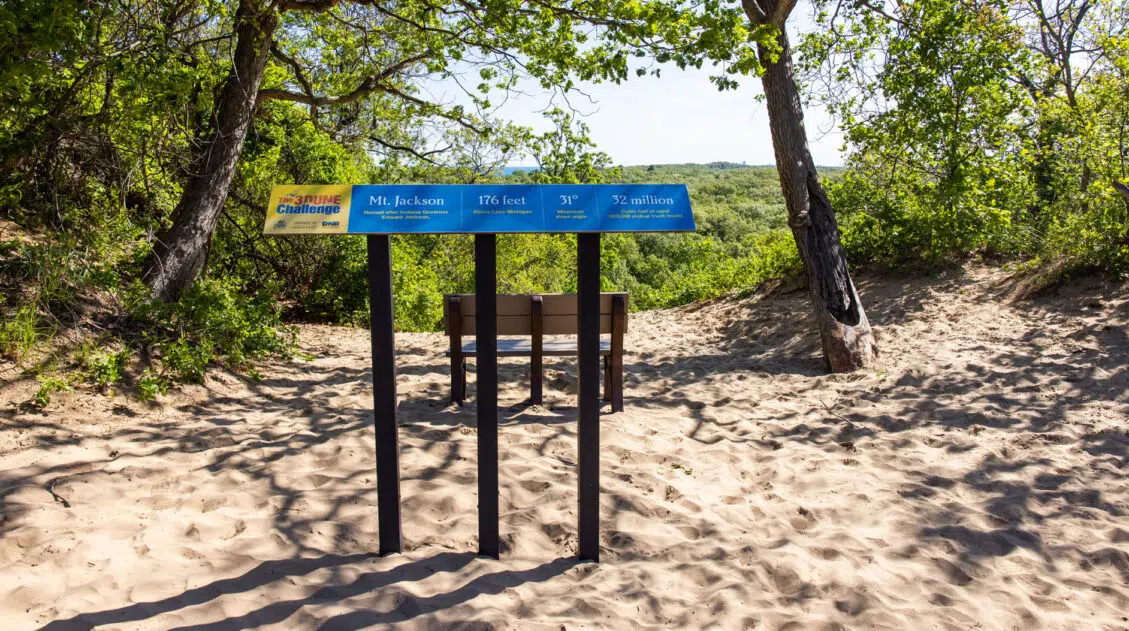









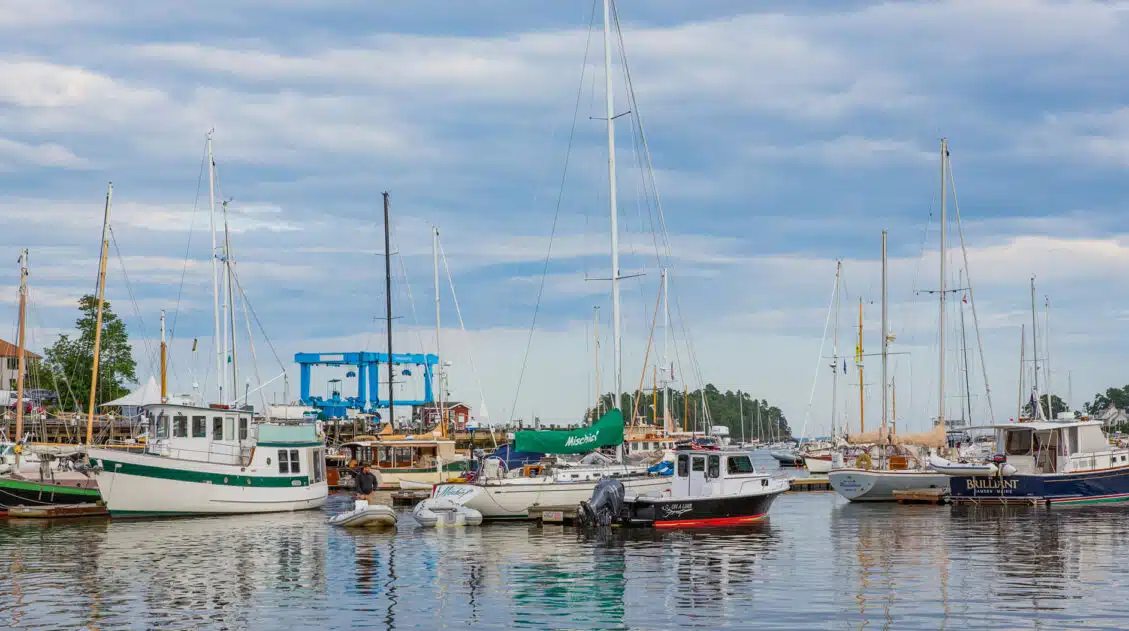

Comments 1